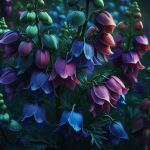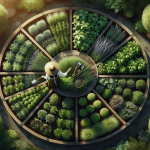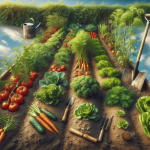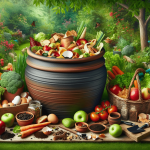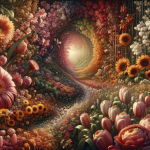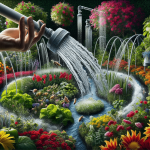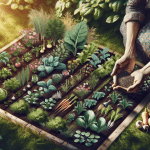This post may contain affiliate links. As an Amazon Associate, we may earn commissions from qualifying purchases.
How can you attract more bees to your garden? This question may have buzzed into your head a time or two, especially if you’ve noticed that your blooms aren’t getting the attention they deserve. The hum of a bee as it flits from flower to flower is a sound every gardener loves. Not only do bees pollinate your plants, ensuring your garden is both bountiful and beautiful, but they also play a vital role in the broader ecosystem. So, what can you do to make your garden the hottest bee hangout on the block?
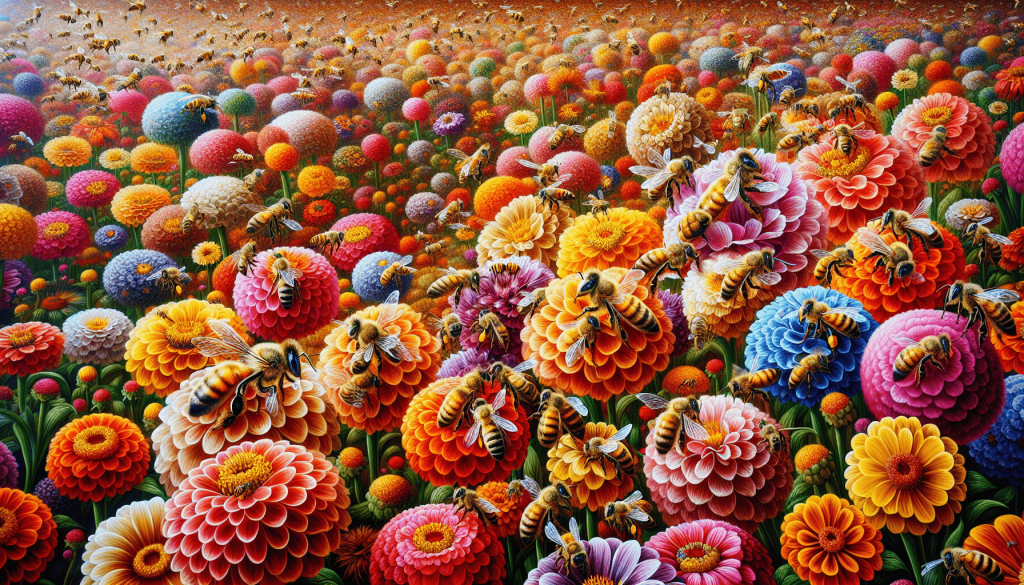
Why Attract Bees to Your Garden?
The Role of Bees in Pollination
Bees aren’t just garden visitors—they’re essential workers. When a bee dives into a flower to collect nectar, it picks up pollen on its body. As it moves on to the next flower, some of this pollen is transferred, aiding in the process of fertilization. This is especially critical if you’re growing fruits and vegetables, as pollination is necessary for the plants to produce food.
Ecosystem Benefits
Beyond your own garden, bees contribute to the health of the environment. They help in the pollination of wild plants, which in turn supports ecosystems by providing food and habitat for other creatures. A healthy bee population means a flourishing environment.
Understanding Bee Needs
Food Sources
Bees need a variety of plants to supply nectar and pollen. While monoculture farms might look neat, they’re essentially food deserts for bees because of the lack of diversity. In contrast, a garden full of different types of flowers can sustain bees through different seasons.
Shelter
Like us, bees need a place to rest their wings. Different species have different habitat needs. Some bees, like bumblebees, prefer to nest in the ground, while others, like mason bees, look for crevices or hollow stems.
Water
Bees need water to drink and to cool their hives. A shallow dish with water and some pebbles for the bees to perch on can make your garden even more attractive to these buzzing visitors.
Choosing the Right Plants
Native Plants
Planting native flowers is a great way to attract local bee species. These plants have evolved alongside native bees, creating mutually beneficial relationships. Plus, native plants require less maintenance as they’re adapted to the local climate.
Here’s a handy table of native plants for different regions:
| Region | Native Plants |
|---|---|
| Northeastern US | Coneflower, Goldenrod, Joe-Pye Weed |
| Southeastern US | Black-eyed Susan, Eastern Bluestar, Coral Honeysuckle |
| Midwestern US | Prairie Blazing Star, Wild Indigo, Compass Plant |
| Western US | California Poppy, Penstemon, Sagebrush |
| Southwest US | Desert Marigold, Arizona Milkweed, Chuparosa |
Continuous Blooming
Choose plants that flower at different times of the year to provide a continuous food supply. Early bloomers feed bees coming out of hibernation, mid-season flowers offer nourishment during the peak of activity, and late bloomers help prepare for winter.
Color Preferences
Bees are particularly drawn to blue, purple, white, and yellow flowers. While you don’t need to stick exclusively to these colors, having a good representation will make your garden more inviting.
Creating a Bee-Friendly Environment
Avoid Pesticides
Pesticides can be harmful to bees, even in small amounts. Opt for natural pest control methods like introducing beneficial insects, companion planting, or using organic sprays made from neem oil or soap.
Provide Shelter
Consider installing a bee house or leaving some bare ground for ground-nesting bees. You can also leave dead wood or plant hollow-stemmed plants that solitary bees can use for nesting.
Water Sources
A simple bird bath or a shallow dish with pebbles and water can serve as a bee watering hole. Make sure to change the water regularly to keep it clean and prevent mosquitoes.
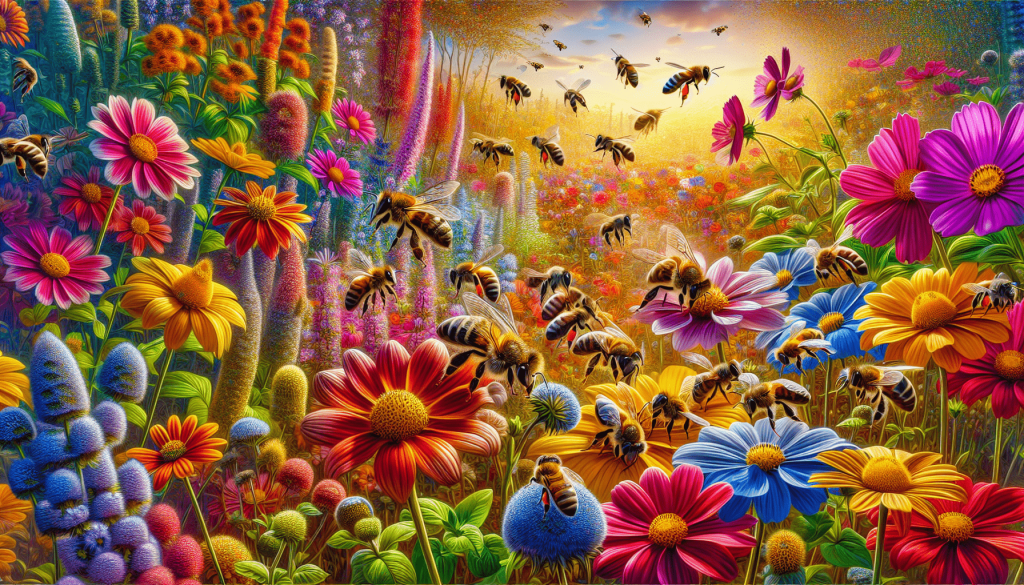
Practical Tips for Bee Enthusiasts
Start Small
You don’t have to transform your garden overnight. Start by introducing a few bee-friendly plants and gradually expand. This allows you to observe what works best and adjust accordingly.
Mix it Up
Diversity is key. Mix different types of flowers, herbs, and shrubs to create a tapestry of nectar sources. Think of it as offering a varied menu to your insect patrons.
Education
Take some time to learn about the bees in your area. This will help you choose plants and create an environment that caters to their specific needs.
Making a Bee Plan
Assess Your Garden
Take a good look at your current garden setup. Identify which areas get the most sun, which parts are shaded, and where you might have some bare spots that could be transformed into bee-friendly zones.
Plan Your Planting
Create a planting schedule based on the different blooming seasons. This way, you can ensure a continuous supply of nectar and pollen. Consider making a simple chart to keep track:
| Season | Plants |
|---|---|
| Early Spring | Snowdrops, Crocus, Lungwort |
| Late Spring | Lavender, Bluebells, Foxgloves |
| Summer | Sunflowers, Bee Balm, Zinnias |
| Fall | Asters, Sedums, Goldenrod |
Monitor and Adjust
Keep an eye on your garden. Are the bees coming? Which plants are they visiting the most? Use this information to tweak your garden layout and plant selection.
Bee-Friendly Practices
Companion Planting
Certain plants can help attract bees while also benefiting each other. For instance, plant marigolds near tomatoes to attract beneficial insects and repel pests.
Leave Some Wild Areas
A perfectly manicured garden might look pretty, but bees appreciate a bit of wilderness. Leaving some parts of your garden untamed can provide natural habitats for bees.
Rotate Crops
If you’re growing vegetables, rotate your crops to prevent disease and maintain soil health. Healthy plants are more attractive to bees.
Community Involvement
Bee Clubs and Groups
Join local gardening or bee-keeping clubs. These groups often share valuable insights and can help you with resources and tips on creating a bee-friendly garden.
Educate Neighbors
Encourage your neighbors to make their gardens bee-friendly too. A neighborhood full of bee-friendly gardens can create a vibrant environment for these essential pollinators.
Community Gardens
If you have limited space, consider getting involved in a community garden. These spaces can be great beacons of biodiversity and often benefit from collective care and maintenance.
Common Misconceptions
Bees Are Aggressive
Many people fear bees because they assume they are aggressive. However, most bees are quite docile and only sting when they feel threatened. Unlike wasps, bees are more interested in collecting nectar and pollen than causing trouble.
Only Honeybees Are Important
While honeybees get most of the attention, they are not the only important pollinators. Numerous species of native bees also play crucial roles in pollination. From the tiny sweat bee to the large bumblebee, diversity is key.
You Need a Huge Garden
Even small gardens can be transformed into bee havens. Window boxes, balcony planters, and small patches can all contribute to a healthier bee population.
Fun Ideas to Attract Bees
Bee Baths
Besides water dishes, you can create decorative bee baths. Use shallow bowls, add colorful stones, and place them around your garden. It’s a simple yet effective way to add a touch of charm while providing for your bee friends.
DIY Bee Hotels
Get crafty and build your own bee hotel. Use materials like bamboo, wood, and bricks to create small crevices where bees can nest. It’s a fun project and a great conversation starter!
Genetic Diversity
Consider including heirloom or open-pollinated plant varieties. These plants often have more nectar and pollen than hybrids and can be more attractive to bees.
Conclusion
By now, you should have a buzz-worthy amount of information to turn your garden into a bee paradise. Remember, it’s about creating a diverse, welcoming environment that caters to their needs. The hum of bees is a sign of a healthy, thriving garden, and with a bit of planning and effort, you can enjoy both the beauty of your blooms and the benefits of bee pollination. Happy gardening!

